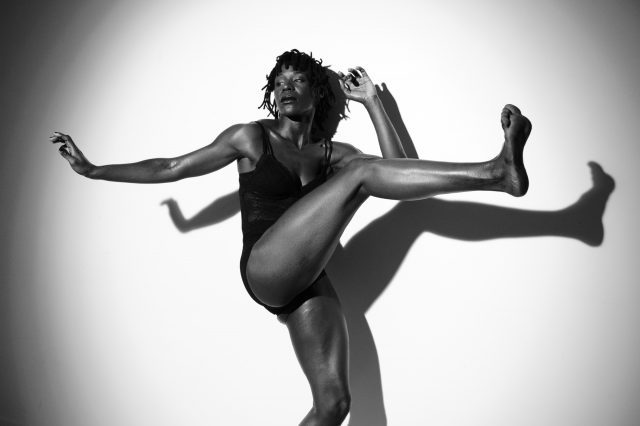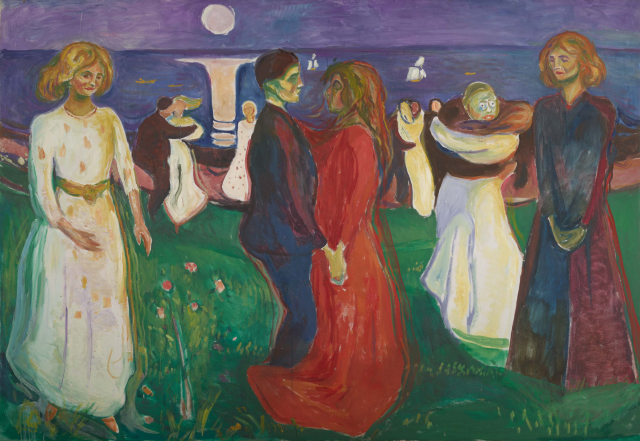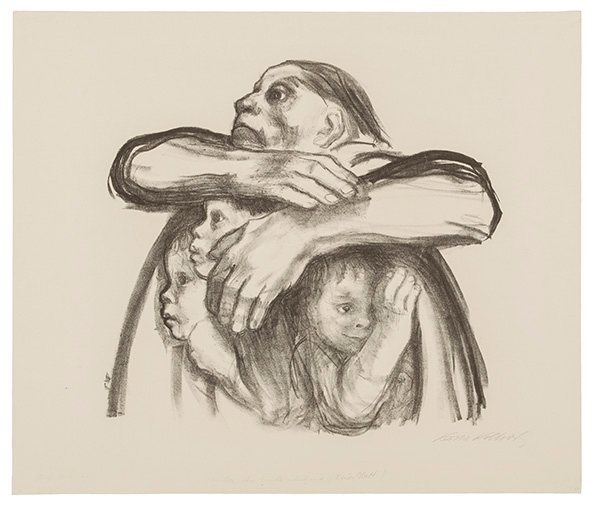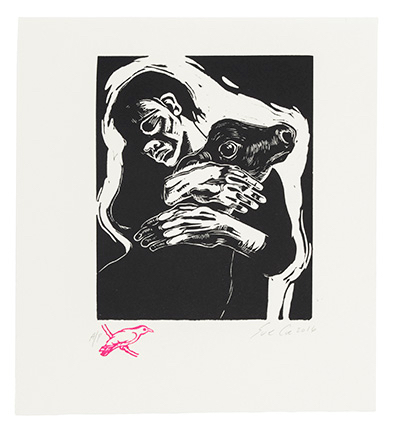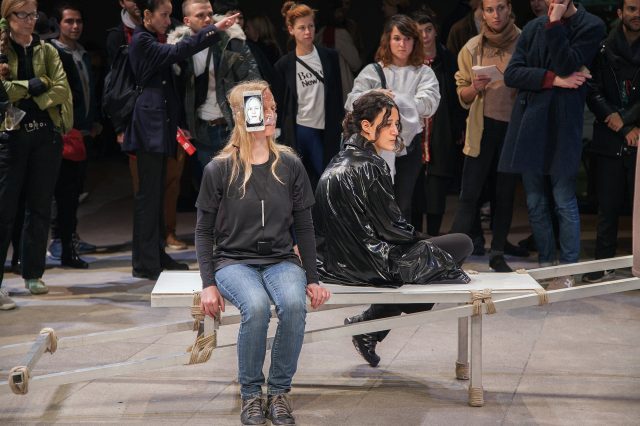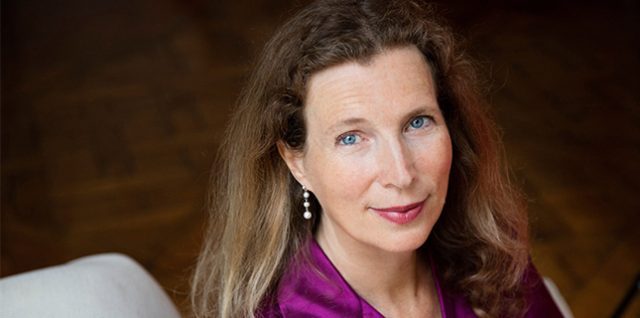
A ladybug and a black ant become friends in award-winning French animated film Minuscule
MINUSCULE: VALLEY OF THE LOST ANTS (Thomas Szabo & Hélène Giraud, 2013)
French Institute Alliance Française, Florence Gould Hall, Le Skyroom, FIAF Gallery
55 East 59th St. between Madison & Park Aves.
Friday, February 2, $15-$20 ($40 for double feature and launch party), 7:00
Festival runs February 2-4, festival passes $60-$120
212-355-6100
fiaf.org/animation/2018
Even though the opening night selection of FIAF’s “Animation First” festival is Thomas Szabo and Hélène Giraud’s Minuscule, there is nothing minuscule about the festival itself. The French Institute Alliance Française is packing a whole lotta stuff into one mere weekend, February 2-4, including dozens of short and feature-length movies, postscreening Q&As, panel discussions, workshops, a free Augmented Reality exhibit by Sutu, a free Virtual Reality Arcade, and a big party. The French festival, the first of its kind in the United States, kicks off with Szabo and Giraud’s charming 2013 Minuscule: Valley of the Lost Ants, being shown in 3D. Combining live-action backgrounds with digital animation, the eighty-eight-minute delight tracks a lost little ladybug who meets up with a colony of black ants scouring the remains of a picnic after a human couple is forced to skedaddle when the pregnant lady goes into labor. At first the ant is suspicious of the playful ladybug, but soon the ladybug, who slightly resembles Kenny from South Park, proves her worth and becomes part of the team. However, when the evil red ants come looking to steal the black ants’ latest treasure, blocks of brown sugar cubes, the future is suddenly doubtful for the black ants and the ladybug.

The war between the black and red ants reaches a fever pitch in Minuscule
The film is expanded from Szabo and Giraud’s French animated television series, which consisted of two seasons (2006 and 2012) totaling more than 175 mostly two-to-six-minute shorts focusing on numerous insects involved in various situations. In the feature film, the story gets repetitive at times and the sound effects can be a bit too silly (and also wildly funny), but the ladybug is so cute you’ll forgive such small problems. The film deals with loneliness, friendship, dedication, hate, teamwork, and war, all beautifully photographed and designed, with an ever-changing score by Hervé Lavandier built around multiple genres. And nary a word is spoken; there is no dialogue whatsoever, but you’ll know exactly what is happening because of Szabo and Giraud’s unique storytelling skill. Winner of the César for Best Animated Feature Film, Minuscule: Valley of the Lost Ants is screening February 2 at 7:30, followed by a launch party for kids and adults. However, only grown-ups will be able to stick around for “Erotic Animated Shorts,” a collection of nine naughty quickies not suitable for les enfants. Below are more highlights of this whirlwind festival.
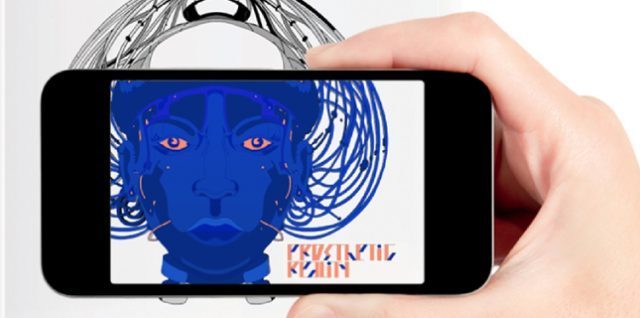
“Prosthetic Reality: An Augmented Reality Exhibit by Sutu” is part of FIAF animation festival
Saturday, February 3
Loulou and Other Wolves, followed by a Q&A with director Serge Elissalde, Florence Gould Hall, $10-$14, 11:30 am
The Red Turtle (Michael Dudok de Wit, 2016), introduced by Dudok de Wit, Florence Gould Hall, $10-$14, 2:00
Conversation: The Making of The Red Turtle, a success story, with Michael Dudok de Wit, free, Le Skyroom, 4:00
Panel Discussion: The French Touch in Animation, with Michael Dudok de Wit, Christophe Jankovic, Chance Huskey, and Kristof Serrand, Le Skyroom, free, 6:00
Ciné-Concert: Pioneers of French Animation, Florence Gould Hall, $10-$14, 6:45
Sunday, February 4
Work in Progress: Terry Gilliam and Tim Ollive’s 1884: Yesterday’s Future, Le Skyroom, $10-$14, 12:15
Surrealist Poems of Robert Desnos, Animated: En Sortant de l’école, followed by a Q&A with Xavier Kawa-Topor, Le Skyroom, $10-$14, 4:00
Renaissance (Christian Volckman, 2006), Florence Gould Hall, $10-$14, 4:30




